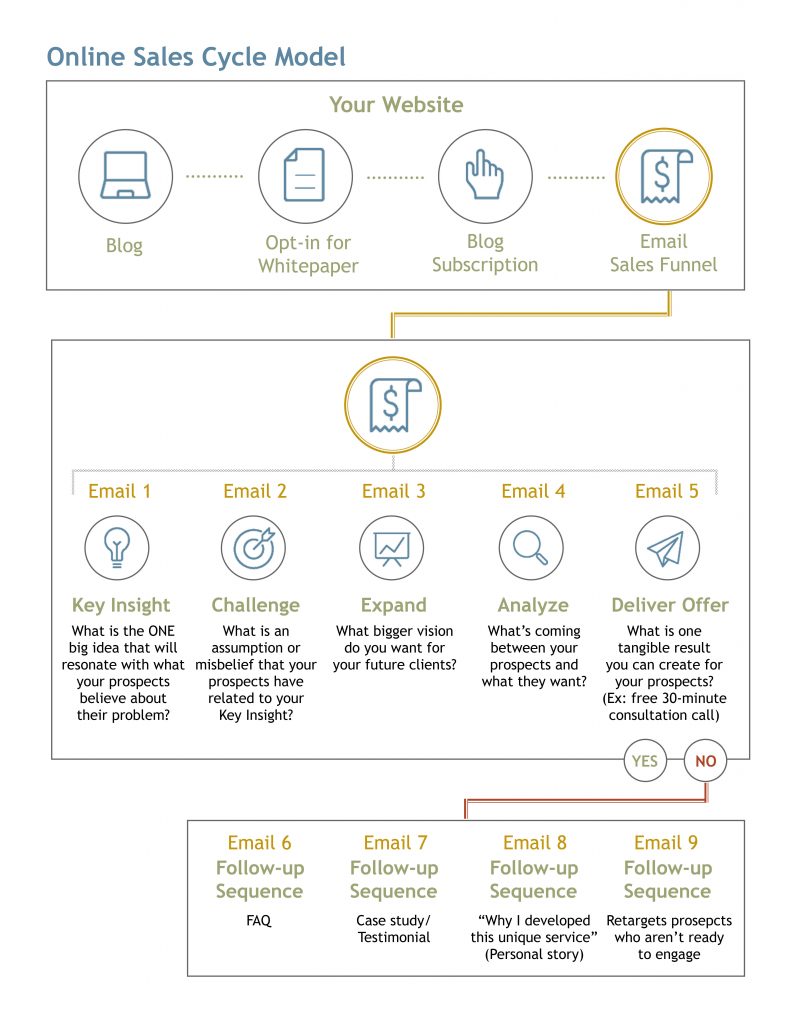How to Write High Performing Emails
Try to name a way in which goldfish are superior to people.
Swimming aside, it’s attention span. Goldfish have an average attention span of 9 seconds. But humans consuming digital media have an attention span of just 8 seconds.
That’s why you feel like no one reads your emails. Most employees aren’t reading them. Heck – most employees aren’t even opening them.
So: how do you get your emails opened and read? And, how do you reduce complaints like, “But I didn’t know about the deadline!”
We’ve got to lean into the way our employees consume information now – like it or not.
- Nineteen percent of online viewers defect in the first 10 seconds, so we have to pack the most important information up top.
- We process information better in short bursts of high attention, so send a series of short, just-in-time messages rather than one long, comprehensive email. (You can link your email to a comprehensive reference article on your intranet instead.)
- We find it exciting to jump from subject to subject, so when you have to make multiple but related points, be sure to write in short, bulleted sentences and use compelling headlines.
Now this doesn’t mean that you should become Susie Email, constantly invading your employees’ inbox. You need a strategy, and for that we can take inspiration from an online marketing launch sequence.

When our clients have a specific email campaign they want to undertake – maybe it’s ESPP enrollment or Deferred Compensation enrollment or asking employees to consider a Health Savings Account – we suggest they focus on five core emails. We’re just taking the launch strategy and paring it way back.
Here’s how it works – and if five emails feels like too much for your subject, emails 4 and 5 are optional. (But they are proven to be really effective, so use them!)
- Preview content, deliver value
- Address mental blocks, build credibility
- Introduce the “product”
- (Answer the most common objections)
- (Reinforce deadline)
The gist is: bite size information in each email. Each email should have a specific purpose and lead to the next email in the sequence. You want only one main message and one call to action per email.
Still worried that five emails feels intrusive? Remember that you are tailoring your content so that it’s helpful and actionable. Employees won’t be irritated by news they can use.
If you can, segment your audience. For instance, you might target a Health Savings Account email to employees who aren’t currently enrolled in an HSA. Segmenting your audience allows you to target your message. More specific messaging can lead to higher open and click through rates because the content is more relevant to the reader.
Now, how can you make your emails more reader-friendly?
- Use the employee’s name and personal pronouns.
- Your sender name should be familiar to your audience, so maybe it’s Acme Benefits Team rather than John.Smith@acme.
- Your subject line should include both a desirable promise and an information gap. That’s a combination of what the reader wants + curiosity: “Want to save money on healthcare in 2020?”
- Write a compelling preheader. This is the short summary text that follows the subject line when an email is viewed in the inbox.
- The headline of your email should build on the promise of your subject line and pre-header. If you asked a question in the subject line, answer it in the header.
- In the first paragraph of your email, get to the point fast – in three sentences max. Tell the reader what action you want him to take.
- Focus on benefits to the reader – not features of the plan.
- Give your readers a way to avoid pain: Most people want to avoid inconveniences, glitches, and complications. Consider rephrasing the benefits of your offer as a problem you’ll help them avoid.
- Present a clear deadline: it prevents people from procrastinating. Never pressure people to PUSH them into acting. Instead, use pressure to PREVENT them from procrastinating. Do this by using the magic word “because”: give people a logical reason why they should act now (instead of procrastinating), and more people will do what you ask.
- Repeat your call to action in a post-script and make it crystal clear.
How do you measure success?
A 30% open rate plus a 3.5% click-through rate is really good. Don’t worry about the 70%: that means you can – and should — repeat your content in another format.
